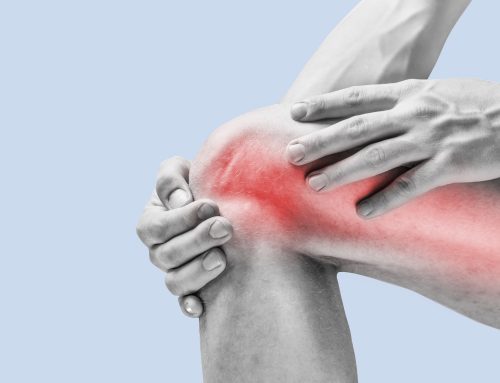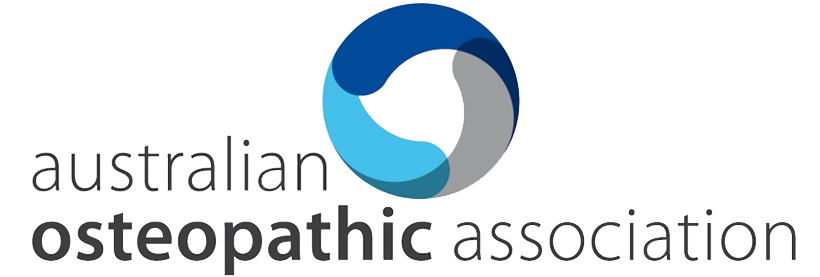Do you have it?
Most people who have this condition complain of pain that goes down the back of their thigh with or without lower back pain.
Classically, people think the worst. They think they have a disc problem. But that is not always the case.
There are a myriad of possibilities because there are so many structures in a confined space. These include lumbar facet joints, the sacro-iliac joints, iliolumbar ligaments, various deep muscles and nerves in the vicinity of the lower back and hips to name a few. Determining which tissue is affected tends to be an art.
What I do
You can tell a lot by the exact location of the pain and/or accompanying pins and needles and numbness. There are other details help to work out what is happening. These include which points are tender to touch, where the pain radiates to, which movements make it worse and better. What effects do medications like pain killers and anti-inflammatories have? What does heat or ice do to the pain?
Answers to these questions, assessing your posture, watching how you move, probing for tender or hard spots and testing movements in various directions are essential. All help in narrowing down the possibilities to a short list of diagnoses. From there I can develop and monitor your individualized treatment program.
My approach is very subtle. Clients have often commented that “didn’t feel much going on and the time, but the next day they certainly knew they’d been worked on. I use a combination of gentle muscle tension release with pressure tailored to your pain threshold and what your muscles need. Very often clients have muscle tension that has gradually and imperceptibly increased over time. You try and stretch the muscle, but it just doesn’t seem to give or respond. My work involves releasing the tension, so that you can do your own stretching once more.
Very often if muscle spasm has occurred it has reduced the amount of movement across the span of the joint which it runs and acts. The joint can become stiff. I work to move the joint for you. Literally stimulating the production of lubricant for you. This can be done by rocking and stretching in ways that you can’t quite do or manipulating your joints in directions that you can’t perform yourself.
When appropriate I prescribe and get you to try exercises that you can do at home and on follow up visits I recheck how you are doing them. It takes time to learn and finesse new motor skills.
In many cases, Sciatica can be relieved over a six to eight week period. The course of the treatment changing over the period based upon your rate of recovery. You will be able to sit, stand, walk and sleep more comfortably again.







